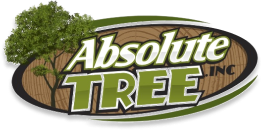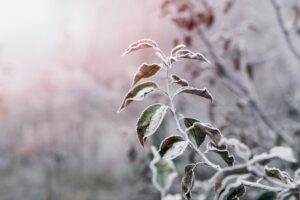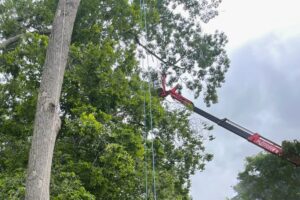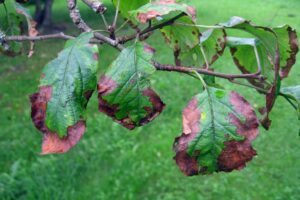The flowering dogwood (Cornus florida) isn’t just Virginia’s state tree, it’s one of the most beloved sights in spring, with its soft blossoms lighting up yards across Northern Virginia. But despite its reputation as a low-maintenance tree, many homeowners unintentionally set their dogwoods up for stress, disease, and early decline.
Here’s what you need to know to help your flowering dogwood thrive for years to come.
Key Takeaways
- Flowering dogwoods are Virginia’s state tree and provide exceptional ornamental value.
- Disease threats pose significant risks to dogwood health in our region, with dogwood anthracnose being the most serious concern and powdery mildew creating cosmetic damage and stress to trees.
- Choosing disease-resistant cultivars is crucial for success, as they offer built-in protection against the major diseases that threaten dogwoods in Northern Virginia.
- Plant dogwoods as understory trees that have larger shade trees above them to control the heat and amount of sunlight they get in a day.
- Minimal but strategic pruning keeps dogwoods thriving, so have an arborist remove any dead, diseased, or damaged branches you see.

Photo of flowering dogwood tree leaves courtesy of Plant Image Library from Boston, USA, CC BY-SA 2.0, via Wikimedia Commons
Why the Flowering Dogwood Is a Top Choice for Northern Virginia Landscapes
The flowering dogwood isn’t just a beautiful tree, it holds a place of honor as both the official state tree and state flower of Virginia. Its graceful white blooms and vibrant red berries are a familiar sight across our region each spring, adding natural elegance to forests, parks, and front yards alike.
Homeowners love them not just for their showy flowers, but for the year-round ornamental value they bring, with bright fruit that attracts birds and dark green leaves that turn reddish-purple in the fall.
Despite their charm and reputation for being low-maintenance, many homeowners still run into issues when planting and caring for dogwoods. We’ll discuss what to know to keep this Virginia favorite healthy and thriving in your landscape.
Common Problems Affecting Flowering Dogwoods in Northern Virginia
Noticing spots, discoloration, or overall decline in your dogwood? These signs often point to underlying health issues.
Even though the flowering dogwood is widely planted across the region, it’s surprisingly vulnerable. Between pests, diseases, and other stress, these problems can cause leaves to curl, branches to die back, or flowers to fade prematurely.
Anthracnose of Dogwoods
Dogwood anthracnose is one of the tree’s most significant problems. This disease can damage the aesthetics of dogwoods and even kill them.
The Fairfax County government has reported that dogwood anthracnose has done extensive damage to the trees in woodlands, with some forests seeing a loss of 95 percent of their dogwoods.
This loss of dogwoods is a significant ecological concern for Northern Virginia, as they provide food for wildlife and aid in returning calcium to the soil from their leaves.
“We also see a lot of spot anthracnose, which is different from dogwood anthracnose. It won’t kill your tree, but it does cause cosmetic damage, which matters for a tree like a dogwood. A lot of people plant them for their spring flowers, so those leaf spots can be a real letdown.” – Alex Shy, ISA Board Certified Master Arborist at Absolute Tree
Powdery Mildew
The other major threat facing the trees is powdery mildew – a common fungal disease that affects many landscape plants. It shows up as white or greyish coating on the leaves, buds, and sometimes stems.
The damage is largely aesthetic at first, but repeated infections year after year can weaken the tree. Left unmanaged, powdery mildew can reduce flowering, distort leaf growth, and make the tree more vulnerable overall.
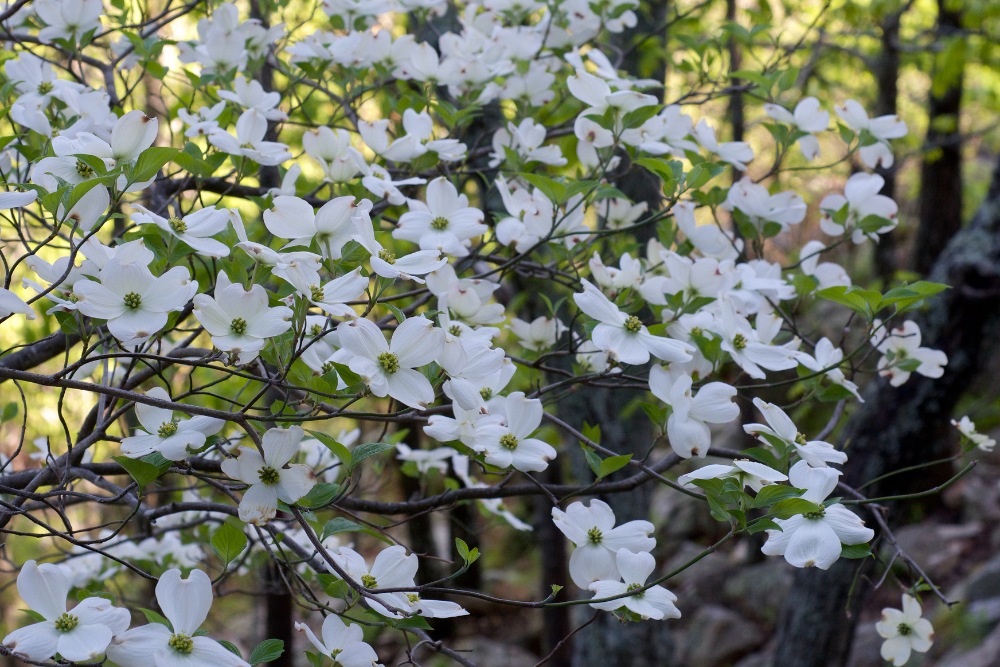
Photo of spring flowers on a flowering dogwood tree, courtesy of Eric Hunt, CC BY-SA 4.0, via Wikimedia Commons
How to Care for Flowering Dogwoods
Fortunately, regular care can help your trees avoid these threats and thrive in Northern Virginia. With proper tree health management, you can keep a dogwood thriving and beautiful for years.
Though many consider flowering dogwoods a low-maintenance tree (and they are easier to care for than most), there are ways you can ensure they will grow and thrive in Northern Virginia.
Select Disease-Resistance Dogwood Cultivars
There are over 15 varieties of dogwoods available. These different variations are cultivars (a fancy word for a specific plant variety). When you grow a flowering dogwood in Northern Virginia, ensure it does well in our soil and climate.
One of the biggest benefits of the many cultivars of dogwoods is that you can find disease-resistant ones that help avoid issues like anthracnose or powdery mildew. Some of the common cultivars in Virginia nurseries you may want to consider include:
- ‘Cherokee Brave’ (powdery mildew and spot anthracnose resistance)
- ‘Weaver’s White’ (powdery mildew and spot anthracnose resistance)
- ‘Appalachian Spring’ (dogwood anthracnose resistance)
- ‘Welch’s Bay Beauty’ (powdery mildew and spot anthracnose resistance)
- ‘Cherokee Chief’ (spot anthracnose resistance)
PRO TIP: Choosing disease-resistant flowering dogwood cultivars can save you hundreds of dollars in treatment costs and prevent the heartbreak of losing Virginia’s beautiful state tree.
Use Proper Planting Techniques for Your Dogwood
Using the proper techniques when planting dogwoods is vital to start their development off on the right foot. Some tips for planting flowering dogwoods include:
- Check Your Soil First: Before planting any tree, we recommend getting a professional soil test (Virginia Tech offers soil testing for a nominal fee). This test can reveal any nutrient deficiencies and the soil’s pH level. Dogwoods prefer soil that is slightly acidic (or has a neutral pH level) and is well-drained.
- Plant in Partial Shade: Dogwoods are understory trees, meaning they thrive when larger shade trees are around to control the climate. As such, dogwoods typically need partial shade to truly flourish.
- Dig the Hole Properly: The hole for tree planting should be just as deep as the tree’s root ball and at least twice as wide. Planting too deeply can lead to numerous health problems and potentially kill your dogwood.
- Plant at the Right Time: When you plant a tree is just as important as how. The best time to plant a tree is in the fall, as it gives the tree time to establish itself before the dry and hot summer arrives. Alternatively, you can also plant your dogwood in the spring.
Mulch Around the Tree After Planting
A two to four-inch layer of mulch around your dogwoods will have numerous benefits. Some of the benefits of organic mulch include:
- Regulate the soil temperature
- Add organic matter to the soil as it breaks down
- Limit soil compaction and erosion
- Reduce water evaporation in the summer
Dogwoods respond well to added compost and organic matter, as it helps them thrive in Northern Virginia.
Provide Water Throughout the Sapling Stage
Young trees need consistent watering during the sapling period to help them establish in your yard. Proper watering helps the tree get the hydration it needs to put out new growth and encourages deep and wide root growth.
To water your tree, use a soaker hose or an irrigation system to slowly get the water to the soil. Doing it slowly allows the water to seep deeper into the soil and promotes roots to grow further into the ground.
Deep roots help anchor a tree to the ground and allow it to find nutrients and water more efficiently as it matures.
A little watering of your dogwood today can have long-lasting health benefits.
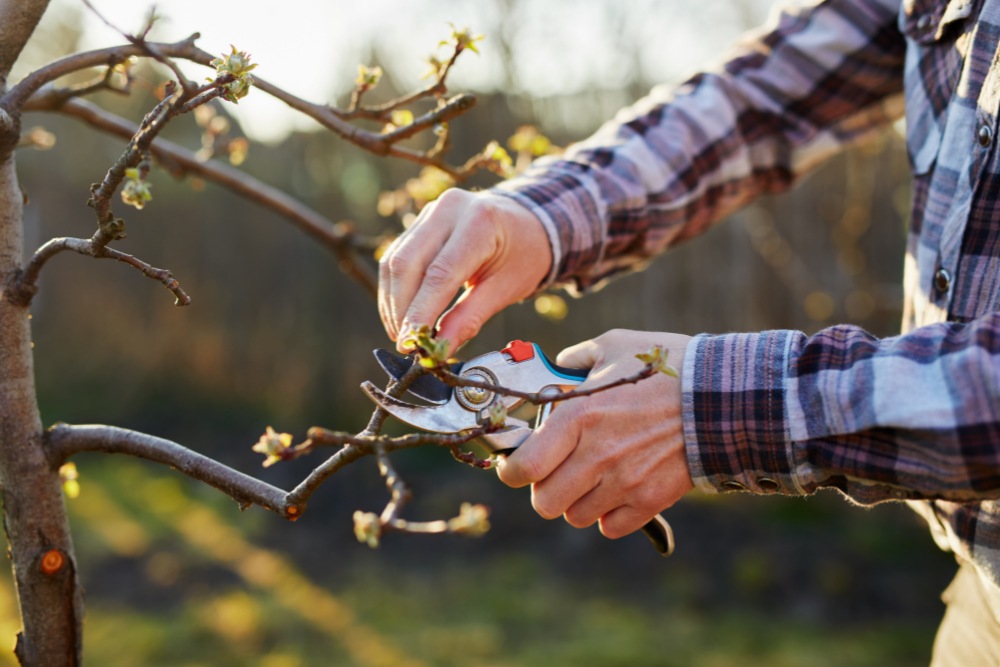
A homeowner pruning a young flowering dogwood tree in a yard in Arlington, VA.
Provide Light Pruning Regularly
Dogwoods do not need much substantial pruning in their lives, but some light pruning can keep them healthy and vigorous. As with all ornamental trees, trimming them incorrectly or at the wrong time can harm their beauty and potentially kill them. When in doubt, have an arborist handle the job.
The first focus of pruning should be dead, diseased, and broken branches in the canopy. An expert can remove these branches anytime, as they provide no value to your tree. Dead patches in the canopy are more likely to break during a storm.
When pruning live branches, wait until after they finish blooming. Trimming these branches before they bloom for the season will harm the aesthetics of your dogwood by removing flowers. The goal of live branch pruning for dogwoods should be to shape them for better aesthetics.
Check for Signs of Stress
Flowering dogwoods are vulnerable to several stressors, including diseases, as well as environmental issues like drought, poor drainage, and soil compaction. Keep an eye out for symptoms such as leaf spots, white powdering coatings, wilting, or premature leaf drop.
If something seems off, have an arborist perform an assessment for a more thorough examination and diagnosis. The sooner you catch signs of stress, the better your chances of protecting your dogwoods.
Frequently Asked Questions About Flowering Dogwoods in Northern Virginia
While flowering dogwoods may require less maintenance than some other species, homeowners still have plenty of questions about caring for Virginia’s state tree. To help you know what to do for your dogwood, we’ve answered some common questions from homeowners.
When do flowering dogwoods bloom in Northern Virginia?
Flowering dogwoods typically bloom in our area in late April to early May. However, the exact timing will depend on the spring weather we get in our area that may cause a shift in when you see blooming.
Will my flowering dogwood need supplemental water once it establishes?
Typically, established trees do not require any supplemental water during normal conditions. However, during a drought (like the one our area suffered throughout the end of 2024 and beginning of 2025), your tree may need supplemental water.
When should I fertilize my dogwoods if a soil test reveals they need it?
We typically recommend using a slow-release fertilizer in the spring or the fall. Buy a fertilizer that is appropriate for the nutrient deficiency in your tree. Slow-release fertilizers allow your tree to get a steady feed of nutrients throughout the year, rather than an excessive amount all at once.
Keep Your Dogwoods Healthy with Help from Absolute Tree
While dogwoods are a low-maintenance tree, they still require regular care to maintain their health and beauty. If you’re worried about the signs of anthracnose or powdery mildew on your dogwood or think they need a trim, the expert team at Absolute Tree can help.
We offer pruning and disease management services that will help keep your dogwood healthy for years to come. Call us today at 703-969-6207 or request an estimate online for help with the Virginia state tree.
For the Absolute Best Tree Service in Northern Virginia, call Absolute Tree Today!
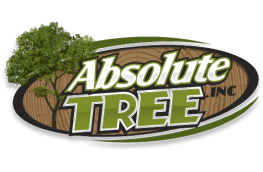
Author Profile: Ashley Davis
Over the last 19 years, Absolute Tree has grown a reputation as one of the premier tree service companies in the Northern Virginia areas. And there’s a good reason for this—we love trees and our passion for them shows. When you call on Absolute Tree for tree service, you aren’t just getting “some guys who cut down trees.” You’re hiring highly skilled arborists who understand the growth of trees and consider tree care an art form.
Stay Up-to-date!
Swing in each month for new articles, pest alerts, local resources, tree care tips, tree health updates, and landscape maintenance ideas
